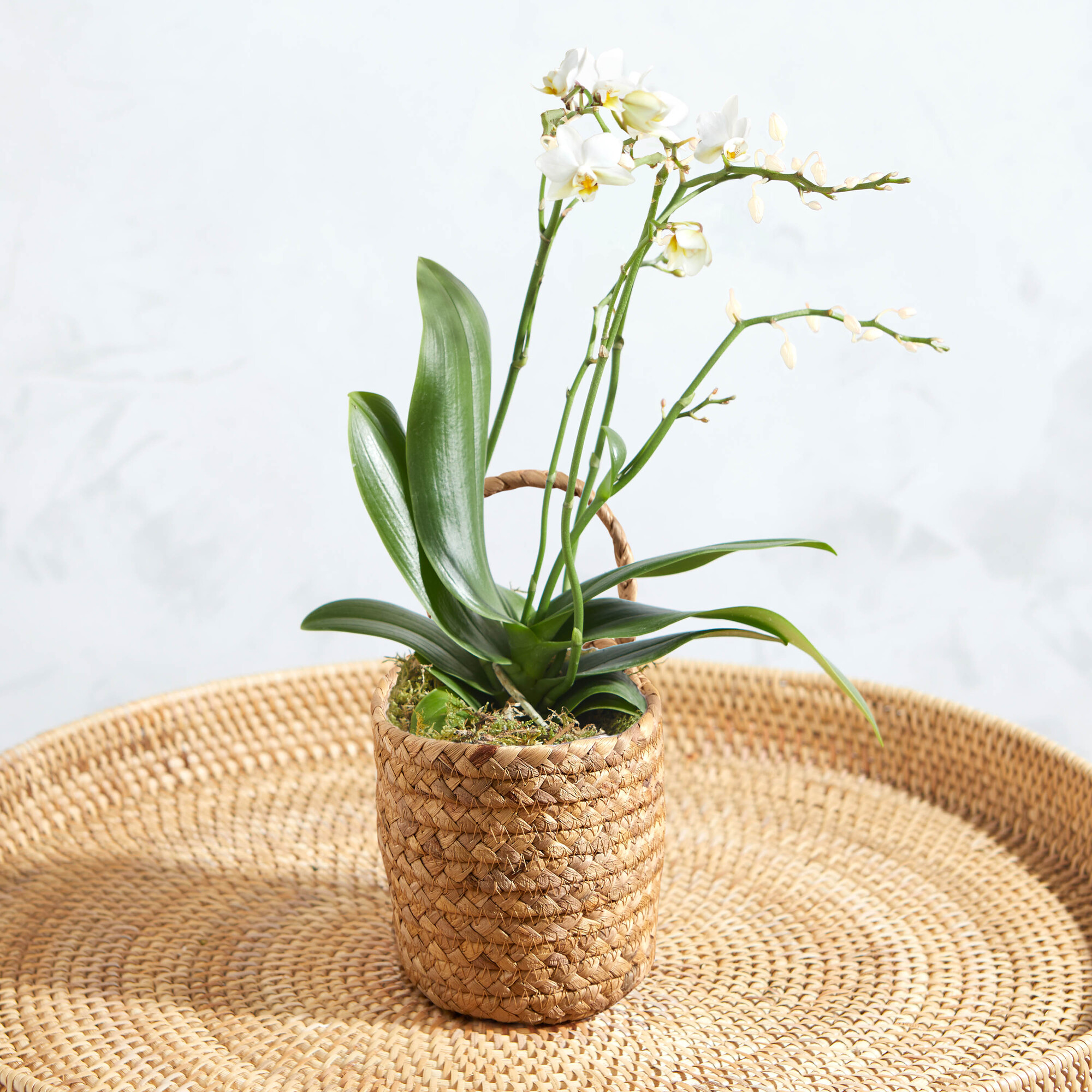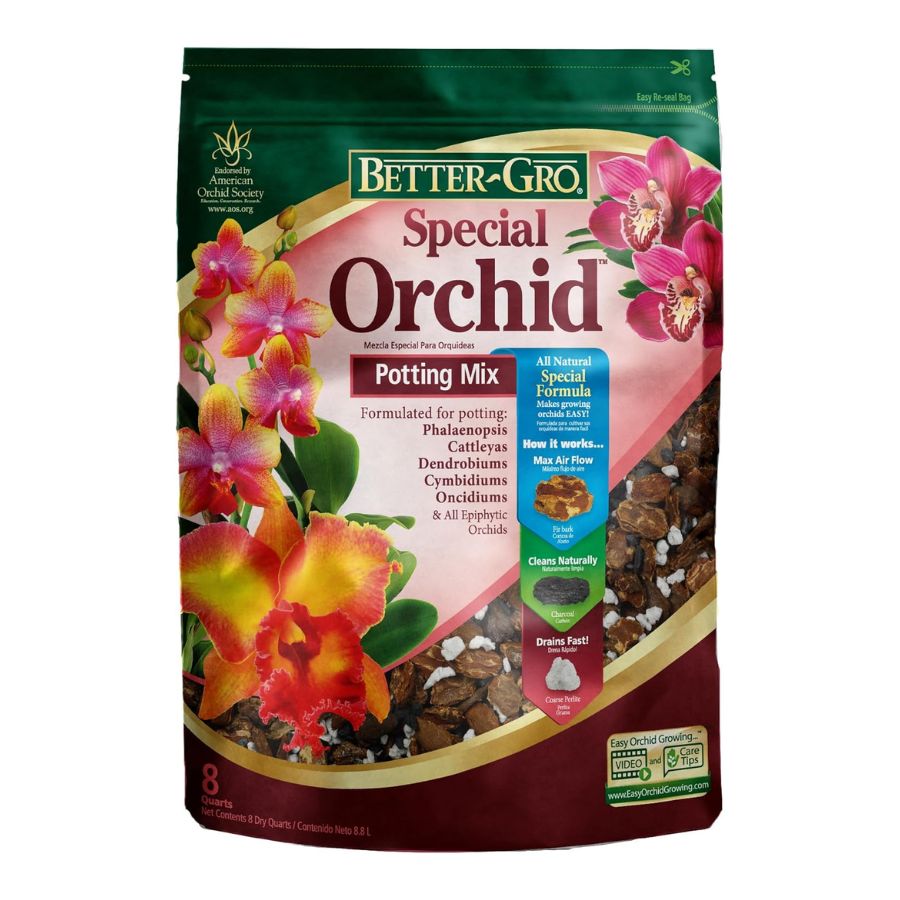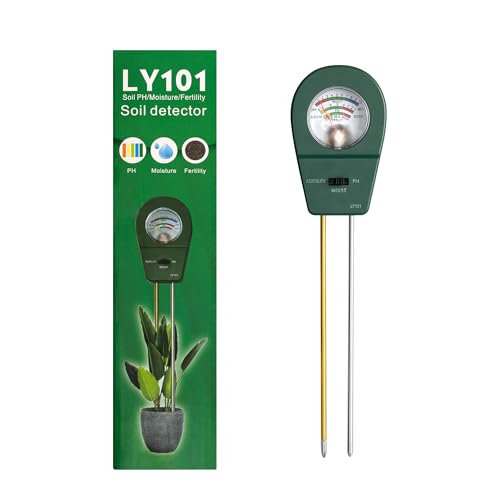How to Make an Orchid Grow Faster — Expert Tips to get These Flowers Thrive in Bloom
If you love your orchid but think it needs a little extra TLC to get it blooming, follow these simple steps


Contrary to popular belief, an orchid without any flowers isn't a sign that it's withered and dying. In actual fact, a well-looked-after orchid will go through cycles of flowers, regularly blooming throughout their lifetime, around once or twice a year depending on the species of orchid. When it does bloom, it produces the most beautiful and delicate flowers that make it one of the most popular houseplants and beloved by beginners.
When your orchid's bloom fades, don't be tempted to throw it out. Instead, you can provide it with the optimum conditions to induce a beautiful bloom. 'While orchids will never be the fastest-growing houseplants, you can coax quicker growth by catering to their preferences for bright, indirect light, an airy potting mix, consistent fertilization, and humidity,' says Lina Cowley at Trimmed Roots. 'Maintaining ideal conditions gives your orchid the best chance to grow rapidly, filling your home with its captivating flowers.' Stuck with an uninspiring orchid that's not reaching its full potential? Here are our tips from the experts on what you can do to encourage a pretty floral display.
1. Focus on light

Light is one of the most important factors when it comes to houseplants, and orchids are no exception. In their native tropical habitats, phalaenopsis and dendrobium orchids thrive in bright, indirect sunlight, so replicating these conditions is a great starting point to helping your orchid grow faster.
'Place your orchid near an east, west, or slightly shaded south-facing window,' says Lina Cowley, master botanist at Trimmed Roots. Light is also an important factor in how to get orchids to rebloom.
'Bright light prompts steady vegetative growth and gives the plant enough energy to produce flower spikes.'
You’ll know if your orchid is getting too much light if the leaves turn yellow or reddish in color. 'Similarly, insufficient light leads to dark green, limp foliage and no new pseudobulbs or leaves forming. Adjust the location based on your plant’s response until you find the sweet spot.'
Using a light meter can take the guesswork out of finding the optimal amount of light. Aim for a reading of 2,000-4,000 foot candles.
The Livingetc newsletters are your inside source for what’s shaping interiors now - and what’s next. Discover trend forecasts, smart style ideas, and curated shopping inspiration that brings design to life. Subscribe today and stay ahead of the curve.
2. Optimize watering routine

When it comes to how to care for orchids, they prefer a wet-to-dry watering cycle that allows the potting mix to dry out slightly between waterings, so make sure you optimize water routines and water around once a week when the top of the potting mix feels dry to the touch. Add plant feed to your water around once a month for better results.
'Water orchids sparingly and ensure proper drainage to prevent root rot,' says professional gardener Zahid Adnan of The Plant Bible.
3. Regulate temperature

Don't forget temperature regulation. An orchid that has a badly maintained temperature has no chance of offering a beautiful bloom and the speed of growth may slow down as a result. 'Maintain the recommended temperature and humidity levels for your specific orchid species,' says Zahid.
'Move plants outdoors in summer in a bid to receive enhanced light, humidity, and air circulation,' recommends Lina. 'Then bring them back indoors before nighttime temperatures drop below 55° Fahrenheit.'
A problem that plant owners have with orchids is that they struggle to bloom multiple times if they are being grown indoors, but if you make sure your temperature at nighttime is lower than during the day, you stand a better chance. Lower the temperature by around 5° F to stimulate the bloom. This might be easily done by fiddling around with your heating system, but an easy way is to simply move it to a cooler room in the house like a bathroom or north-facing room at nighttime.
4. Stimulate your orchid with fertilizer

Feeding your orchid with a balanced liquid fertilizer provides the nutrients it needs for substantial new growth. 'Use a balanced orchid fertilizer, following the recommended dilution and application frequency,' says Zahid.
Look for a formula made specifically for orchids and follow the label directions. 'Many expert growers recommend fertilizing weekly at quarter-strength during the active growing period from spring through fall,' says Lina. 'Reduce applications in winter or use plain water.'
Make sure the potting medium is moist before applying fertilizer, as dry material can burn the roots. Flushing the pot monthly with clean water prevents the buildup of salts that can accumulate from fertilizers. Your orchid will reward you with strong foliage as well as more numerous and longer-lasting blooms.
You can also help the flower with plant food spikes that feed orchids only when the plants are in growth. They need to be replaced every few months.
Alternatively, research how to fertilize houseplants naturally for options like banana peel or even eggshells to encourage your potting mix without the aid of chemicals.
5. Repotting

Consider repotting if the orchid outgrows its container, providing fresh growing medium to stimulate your orchid and make your indoor garden look its best. Orchids thrive in an airy growing medium that drains quickly and doesn’t stay overly wet. Packaged orchid mixes or baskets make good choices, as they contain bark chunks that leave plenty of air pockets for the roots. Lina also encourages you to DIY your orchid mix.
'Avoid soilless peat-based mixes, as these tend to retain too much moisture and suffocate the roots,' recommends Lina. Repotting into fresh orchid medium every two to three years encourages faster growth by giving the plant’s root system room to expand.
3 buys to help your orchid grow faster

Former content editor at Livingetc.com, Oonagh is an expert at spotting the interior trends that are making waves in the design world. She has written a mix of everything from home tours to news, long-form features to design idea pieces, as well as having frequently been featured in the monthly print magazine. She is the go-to for design advice in the home. Previously, she worked on a London property title, producing long-read interiors features, style pages and conducting interviews with a range of famous faces from the UK interiors scene, from Kit Kemp to Robert Kime. In doing so, she has developed a keen interest in London's historical architecture and the city's distinct tastemakers paving the way in the world of interiors.


